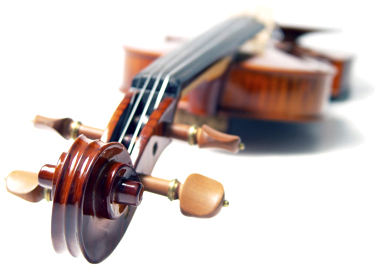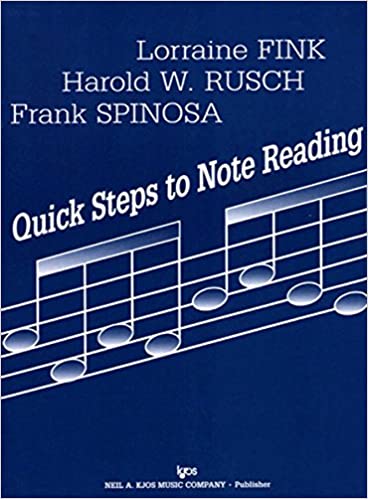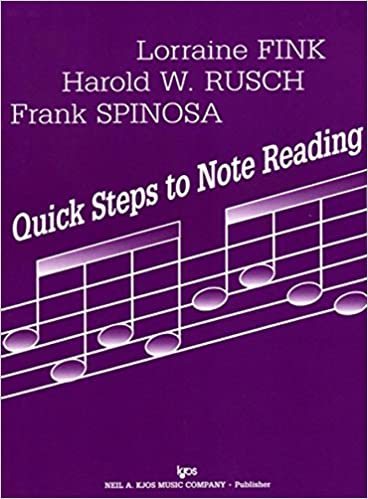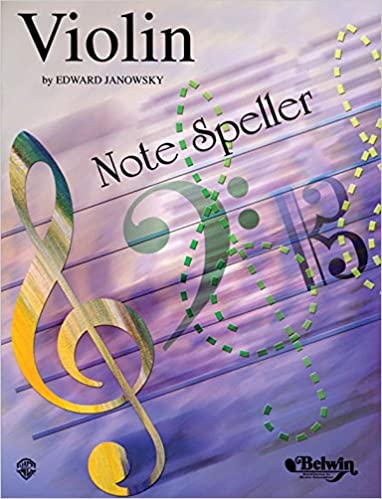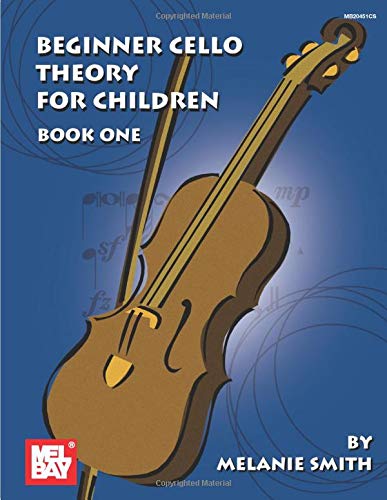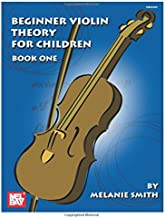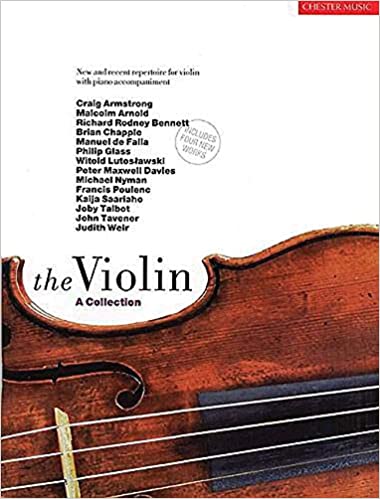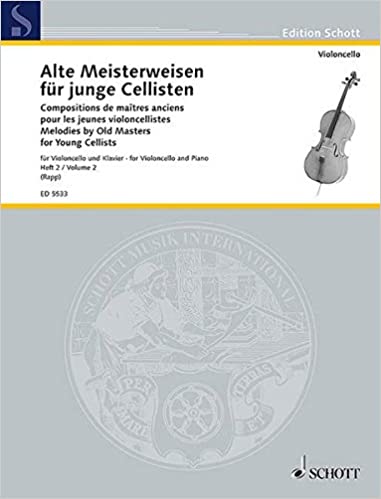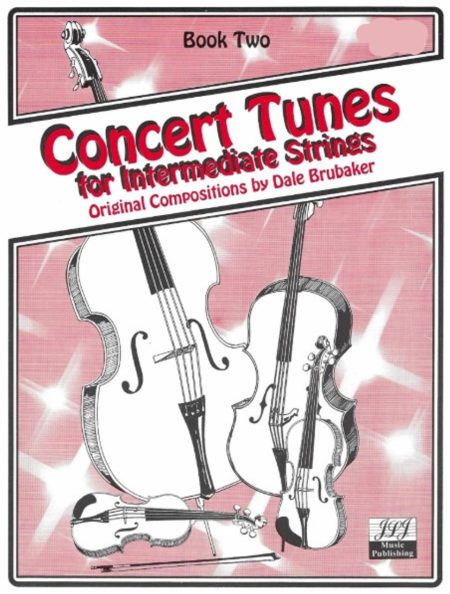Music Theory
Return to Previous PageShowing all 10 resultsSorted by price: low to high
$3.45 – $4.95Price range: $3.45 through $4.95
Quick Steps to Note Reading provides rote-trained students with an introduction to music notation. Each volume progresses in difficulty
Select options
$3.45 – $4.95Price range: $3.45 through $4.95
Quick steps to Note Reading provides rote-trained students with an introduction to music notation. Each volume progresses in difficulty.
Select options
$3.95 – $4.95Price range: $3.95 through $4.95
Quick steps to Note Reading provides rote-trained students with an introduction to music notation. Each volume progresses in difficulty.
Select options
$3.95
Quick steps to Note Reading provides rote-trained students with an introduction to music notation. Each volume progresses in difficulty. Volume 4 introduces shifting and upper position work.
Add to cart
$5.99
A colorful, imaginative, and highly absorbing introduction to music theory for the younger student. Packed with exciting exercises and entertaining characters, this is the ideal introduction to theory for a young instrumentalist.
Select options
$5.99
This first introduction to music theory is perfect for children ages 4-7. Music Theory Made Easy for Kids is filled with colorful illustrations and fun musical sticker sheets in each book.
Select options
$6.95 – $6.99Price range: $6.95 through $6.99
This systemized set of work sheets for supplementing any elementary class or private method is designed to help the student gain a better understanding of the problems of fingering and reading music, while saving valuable lesson time.
Select options
$9.95 – $14.95Price range: $9.95 through $14.95
This book (Book One) is designed as a workbook to teach theory specifically relevant to the cello at a level that is attainable and challenging, yet fun for young children. It is intended to build confidence and solidify the relationship between theory and playing. Children will enjoy the drawing and coloring activities in the book, while developing the fundamentals of cello theory at the same time. The book can be used to teach beginners the basics of theory, or even to refresh musicians who might need a small review of cello theory. No matter who uses this book, it will give a strong foundation to cello theory, and through this understanding will foster a greater love of playing. Concepts covered in this book include: learning the parts of the cello; learning about line and space notes; learning musical symbols; and how to draw music.
Select options
$9.95 – $19.99Price range: $9.95 through $19.99
This book (Book One) is designed as a workbook to teach theory specifically relevant to the violin at a level that is attainable and challenging, yet fun for young children. It is intended to build confidence and solidify the relationship between theory and playing. Children will enjoy the drawing and coloring activities in the book, while developing the fundamentals of violin theory at the same time. The book can be used to teach beginners the basics of theory, or even to refresh musicians who might need a small review of violin theory. No matter who uses his book, it will give a strong foundation to violin theory, and through this understanding will foster a greater love of playing. Concepts covered in this book include: learning the parts of the violin; learning about line and space notes; learning musical symbols; and how to draw music.
Select options
$9.95 – $14.95Price range: $9.95 through $14.95
This book is designed as a workbook to teach theory specifically relevant to the viola at a level that is attainable and challenging, yet fun for young children. It is intended to build confidence and solidify the relationship between theory and playing. Children will enjoy the drawing and coloring activities in the book, while developing the fundamentals of viola theory at the same time. The book can be used to teach beginners the basics of theory or even to refresh musicians who might need a small review of viola theory. No matter who uses this book, it will give a strong foundation to viola theory and through this understanding will foster a greater love of playing. Concepts covered in this book include: learning the parts of the viola, learning about line and space notes, learning musical symbols and how to draw music.
Select options Your Cart
Search Our Shop!
AVS Product Categories
- Acoustic Pickups & Amplification (13)
- Bass Accessories (10)
- Cello Accessories (8)
- Humidifiers (12)
- Humidifiers: Bass (3)
- Humidifiers: Cello (3)
- Humidifiers: Viola (5)
- Humidifiers: Violin (6)
- Instrument Stands (4)
- Metronomes (4)
- Music Stands & Accessories (12)
- Musical Gifts (3)
- Mutes (6)
- Mutes: Bass (2)
- Mutes: Cello (4)
- Mutes: Viola (3)
- Mutes: Violin (5)
- Rent (13)
- Rent: Cello (4)
- Rent: Double Bass (1)
- Rent: Viola (4)
- Rent: Violin (4)
- Rosin (41)
- Rosin: Bass (11)
- Rosin: Cello (24)
- Rosin: Viola (25)
- Rosin: Violin (26)
- Sheet Music & Books (504)
- Bluegrass (2)
- Christmas Music (82)
- Classical (74)
- Duets (20)
- Ensemble (74)
- Fiddle (59)
- Improvisation (3)
- Irish/Celtic (21)
- Jazz (9)
- Method Books (79)
- Movie Television & Broadway (64)
- Music Theory (10)
- Patriotic (9)
- Popular Music (93)
- Rock (20)
- Solos (65)
- Spritual (5)
- World Music (37)
- Shoulder Rests (15)
- Stickers! (0)
- Strings (8)
- Strings: Bass (1)
- Strings: Cello (3)
- Strings: Viola (2)
- Strings: Violin (2)
- Teaching & Technique Aids (3)
- Tuners (8)
- Uncategorized (10)

